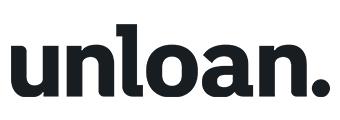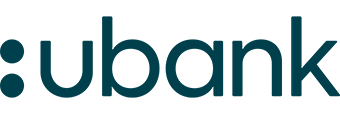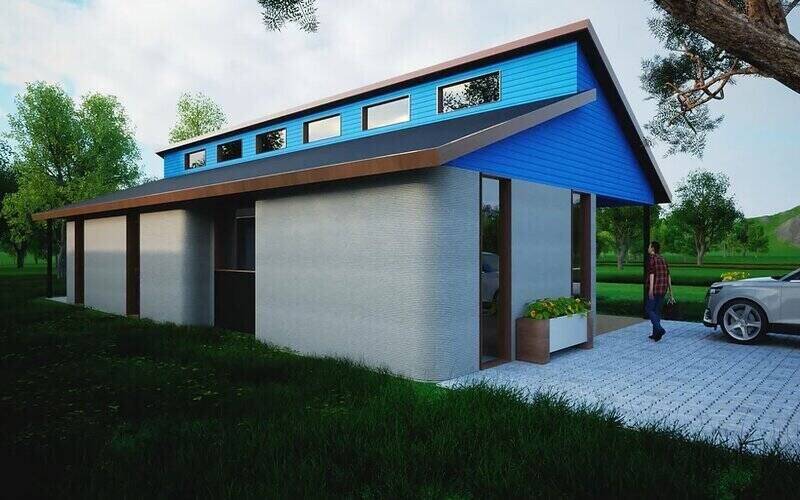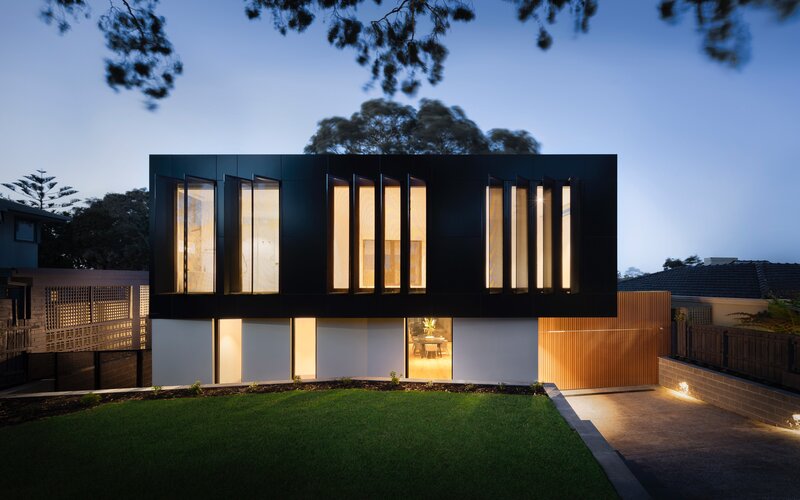The big bank said it's updating its lending requirements after a 30% surge in lending to self-employed customers in the 2024 calendar year.
Westpac said among the changes will be a one-year income assessment option, halving the old requirement of two years of income paperwork.
Self-employed Australians can find it difficult to gain home loan approvals because lenders see their income as less stable than wage and salary earners.
As a result, they can be asked to supply more documentation, particularly in proving their income.
In effect, the Westpac change, announced on Thursday, will mean some self-employed customers will need to provide fewer documents in the home loan application process, potentially making it simpler and faster for them to gain approval.
A win for the self-employed
Westpac acknowledged self-employed people often have "different needs and challenges" in accessing home finance because their income can be more variable.
"More than two million Australians work for themselves and we've seen continued growth in self-employed customers coming to us for tailored support with getting a home loan," Westpac's managing director mortgage James Hutton said.
"By introducing a one year income assessment, we are making the home loan process faster and simpler by required less documentation."
Mr Hutton said reviewing just the latest year of income can also give a clearer picture of recent business performance and borrowing capacity.
See also: Home loan borrowing capacity calculator
More self-employed Australians
Westpac is the first of Australia's big four lenders to announce it is shifting its assessment requirements in response to increased lending to self-employed borrowers.
According to Australian Bureau of Statistics data, income from self-employment rose by 5.5% to $29.5 billion in the March 2025 quarter.
The latest APRA data also shows low-doc loans make up a lower proportion of non-performing loans i.e. past-due home loans.
In the March 2025 quarter there was $168 million worth of non-performing loans coming from the low doc space, out of $5.8 billion in non-performers broadly.
In March 2021 those figures were $351 million and $4.9 billion respectively.
This likely reflects a shift in the workforce and growth of the so-called gig economy where many business models favour contractors, including the self-employed.
It also takes in solo business operators, prevalent in the digital sector, as well as those running small- and medium-sized businesses.
Many such loan applicants can find it difficult to gain approval for home loans from the mainstream lending market and can be forced to take up so-called 'low doc' or low documentation loans from specialist lenders.
Because these loans are considered higher risk than loans to wage and salary earners, they can often come with higher interest rates and less attractive terms and conditions.
Lending rules still apply
While Westpac has indicated it will now offer a one-year income assessment option, self-employed borrowers will still need to meet the bank's lending requirements.
See also: Mortgage lending criteria
Westpac's marketing material notes self-employed borrowers can apply for the same home loans as salary earners and get the same features and benefits.
However, those wanting to take up the one-year assessment option will need to book an appointment to see if they qualify for the pathway.
The documents required are:
- Last year's business and personal tax returns (sole traders only require personal tax returns)
- Last year's personal ATO Notice of Assessment
- Last year's business liabilities
Those with a more complex business structure, or wanting to use income from more than one self-employed business, or needing to pay lenders mortgage insurance (LMI) will need to go through the standard two-year income assessment.
Advertisement
Buying a home or looking to refinance? The table below features home loans with some of the lowest interest rates on the market for owner occupiers.
| Lender | Home Loan | Interest Rate | Comparison Rate* | Monthly Repayment | Repayment type | Rate Type | Offset | Redraw | Ongoing Fees | Upfront Fees | Max LVR | Lump Sum Repayment | Extra Repayments | Split Loan Option | Tags | Features | Link | Compare | Promoted Product | Disclosure |
|---|---|---|---|---|---|---|---|---|---|---|---|---|---|---|---|---|---|---|---|---|
5.54% p.a. | 5.58% p.a. | $2,852 | Principal & Interest | Variable | $0 | $530 | 90% |
| Promoted | Disclosure | ||||||||||
5.49% p.a. | 5.40% p.a. | $2,836 | Principal & Interest | Variable | $0 | $0 | 80% |
| Promoted | Disclosure | ||||||||||
5.64% p.a. | 5.89% p.a. | $2,883 | Principal & Interest | Variable | $250 | $250 | 60% |
| Promoted | Disclosure | ||||||||||
5.64% p.a. | 5.89% p.a. | $2,883 | Principal & Interest | Variable | $248 | $350 | 60% |
| Disclosure |
Image by Andrea Piacquadio via Pexels

Ready, Set, Buy!
Learn everything you need to know about buying property – from choosing the right property and home loan, to the purchasing process, tips to save money and more!
With bonus Q&A sheet and Crossword!







 Harrison Astbury
Harrison Astbury
 Denise Raward
Denise Raward













